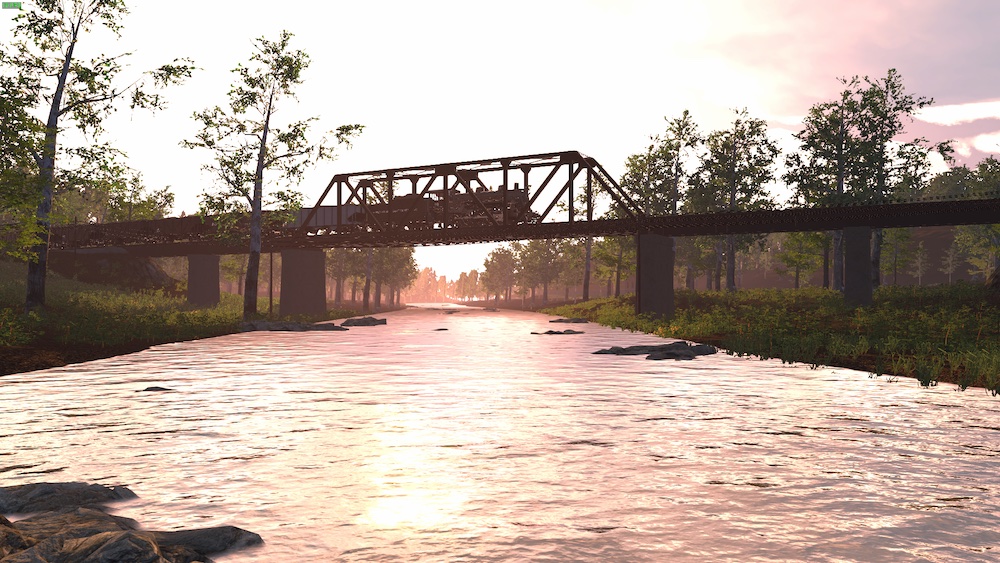
It’s early morning in the rolling hills of North Carolina. The silence is broken by the shotgun sound of a steam locomotive. The engine, a hulking Baldwin decapod, is panting and straining against a heavy train of building supplies and coal empties, bound for the junction with the Alarka Branch a few miles distant. With […]
Read More…
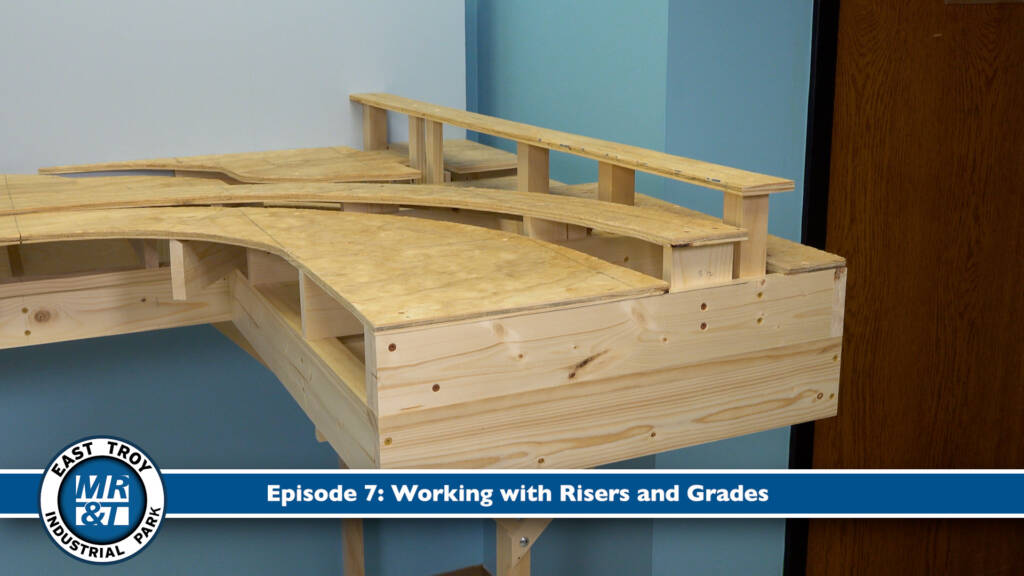
With joists on the HO scale East Troy Industrial Park (ETIP) model railroad installed, David and Bryson set out to establish elevated and lowered sections, along with the grades required to reach those new heights and depths. Follow the duo as they measure, test, and recheck how the sections fit and function, before installing the […]
Read More…

Facts and features Name: Danforth, Hadley & NorthernScale: N (1:160)Size: 38 x 52 feetPrototype: freelanced, based on Northern PacificLocale: central MontanaEra: 1955Style: walkaroundMainline run: 400 feetMinimum radius: 24″ (main), 20″ (branch)Minimum turnout: No. 5 (main), No. 4 (industrial spurs)Maximum grade: 1.5% (main), 2.25% (branch), and 3% (logging)Benchwork: L-girder, with Homasote and spline roadbedHeight: 52″ to […]
Read More…
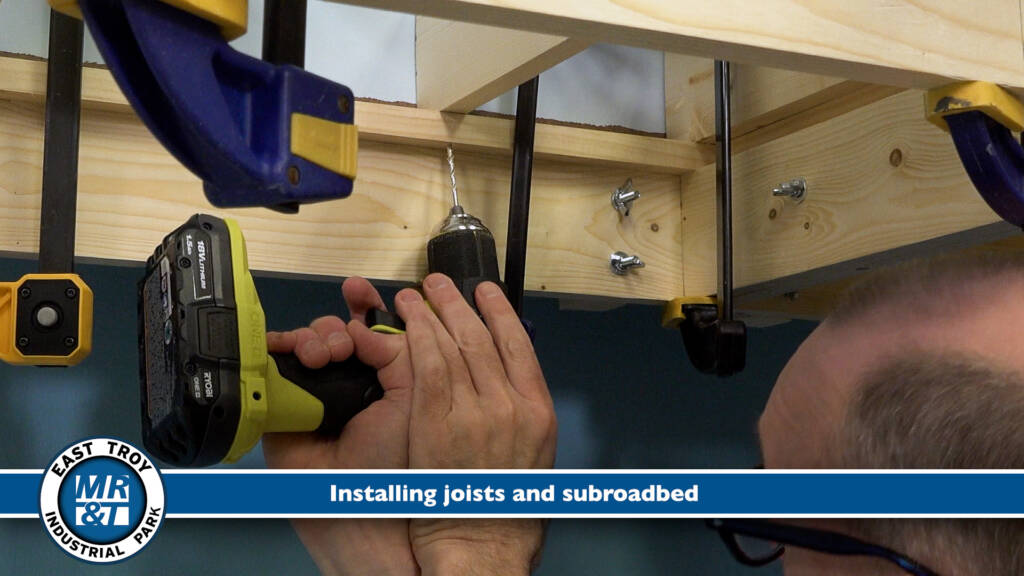
David keeps the hammer down and drill humming, as he works to install the joists and subroadbed sections across the entire HO scale East Troy Industrial Park (ETIP) model railroad. Watch, learn, and discover clever insights to adding the critical components used to create realistic trackwork and scenery set at various elevations. Be sure to […]
Read More…
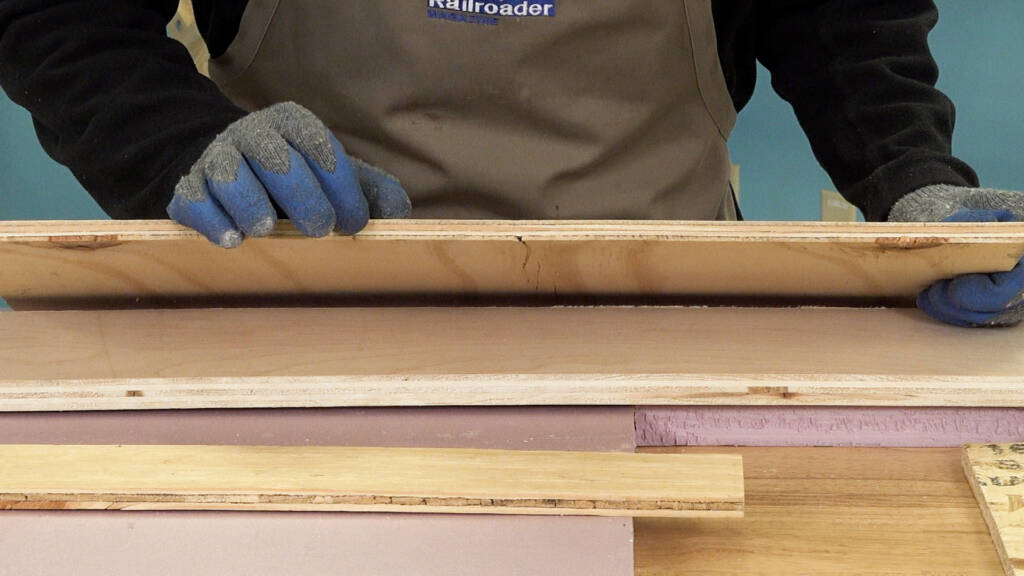
Evaluating subroadbed options| When it comes to building a new model railroad, the foundation you use to support your trackwork and scenery is especially important. Taking numerous factors under consideration (e.g., cost, easy of use, durability, etc.), expert layout builder David Popp shares info and insights you need to know before making your choice! You […]
Read More…
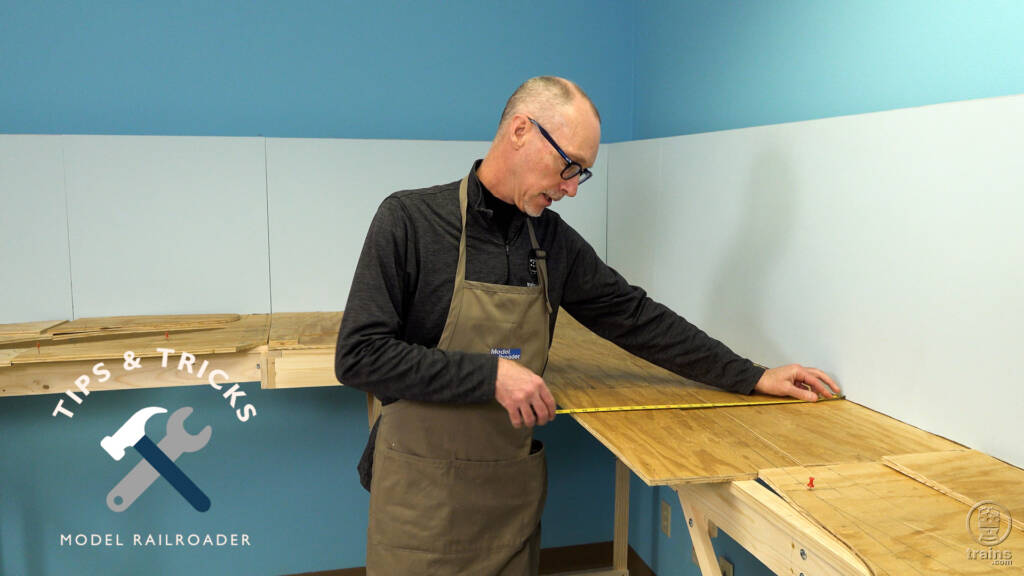
Determining reasonable reach | David Popp shows you how to establish the most reasonable depth — distance from front edge to backdrop — for a model railroad. Along the way, he’ll share helpful measurements and practical insights for keeping your layout functional and fun to run! You can learn more about benchwork construction in the […]
Read More…
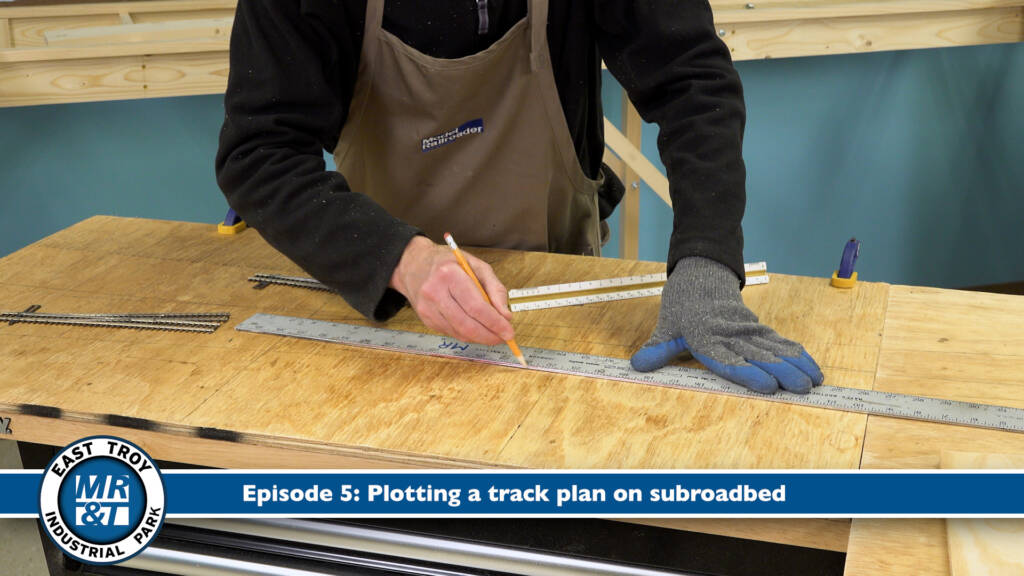
In this episode, David demonstrates a simple process for plotting the track plan for the HO scale East Troy Industrial Park (ETIP) model railroad onto the essential layer of subroadbed material. After measuring twice, he then shows the next steps to carefully cutting out the parts and pieces needed to assemble a foundation for layout […]
Read More…
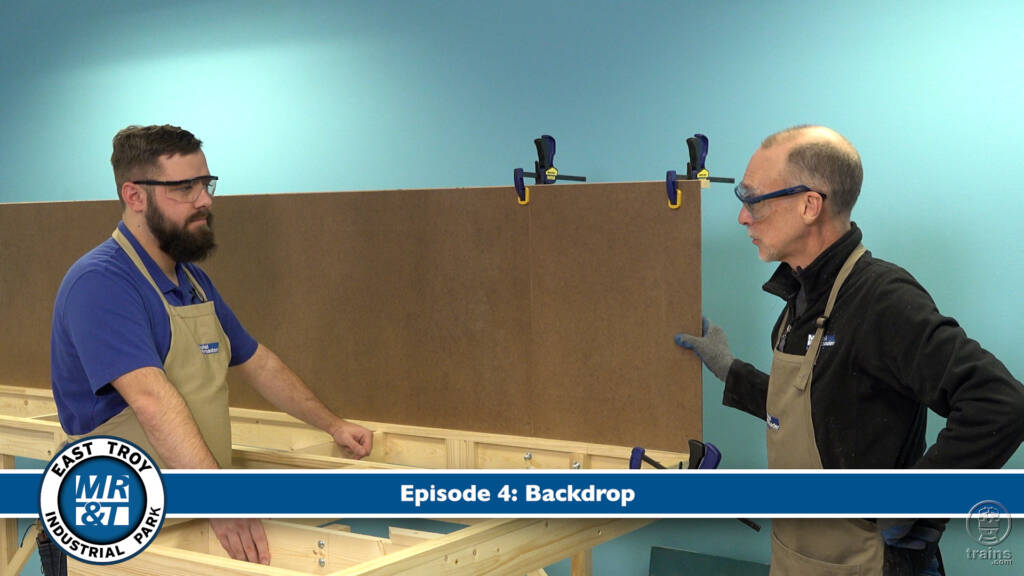
To make their future construction efforts a bit easier, David and Bryson work to install the backdrop for the East Troy Industrial Park (ETIP) model railroad now! Don’t miss their tips and tricks for keeping this essential, scene-setting hardboard component in place along the back of the entire layout. Be sure to keep up with […]
Read More…
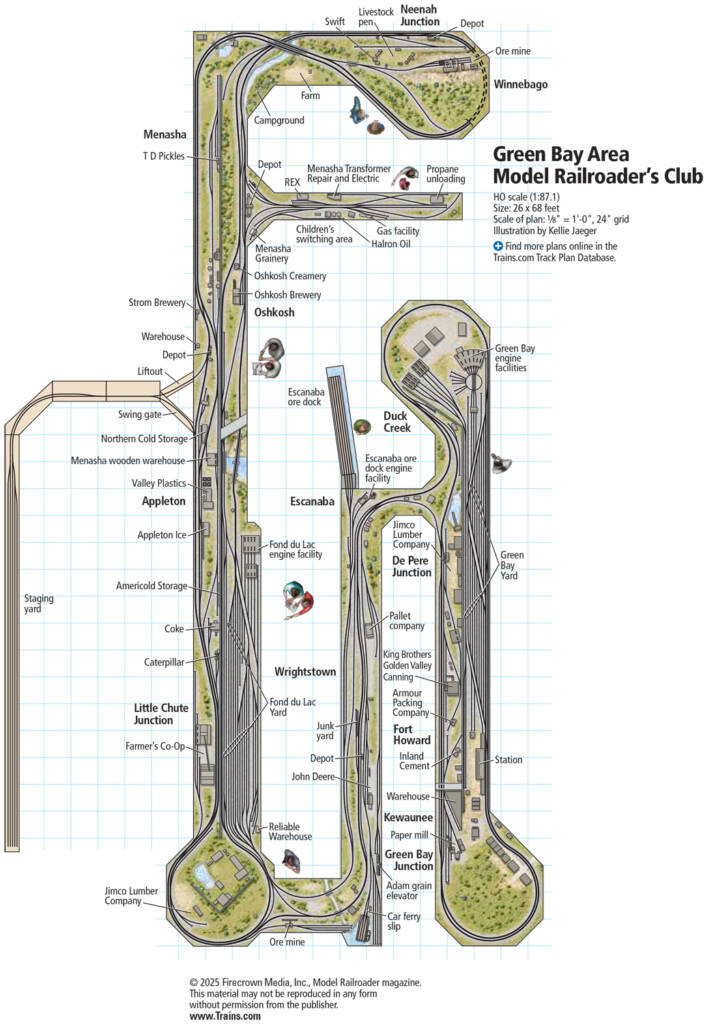
Facts and features Name: Green Bay Area Model Railroaders ClubScale: HO (1:87.1)Size: 26 x 68 feetPrototype: Green Bay Western, Chicago & North Western, and Milwaukee RoadLocale: Fox Valley, northeast WisconsinEra: 1950 to 1976Style: walkaroundMainline run: 2,000 feetMinimum radius: 42″Minimum turnout: No. 8 on mainlineMaximum grade: 3%Benchwork: Open gridHeight: 423∕4” to 491∕2“Roadbed: corkTrack: Atlas code 100 […]
Read More…
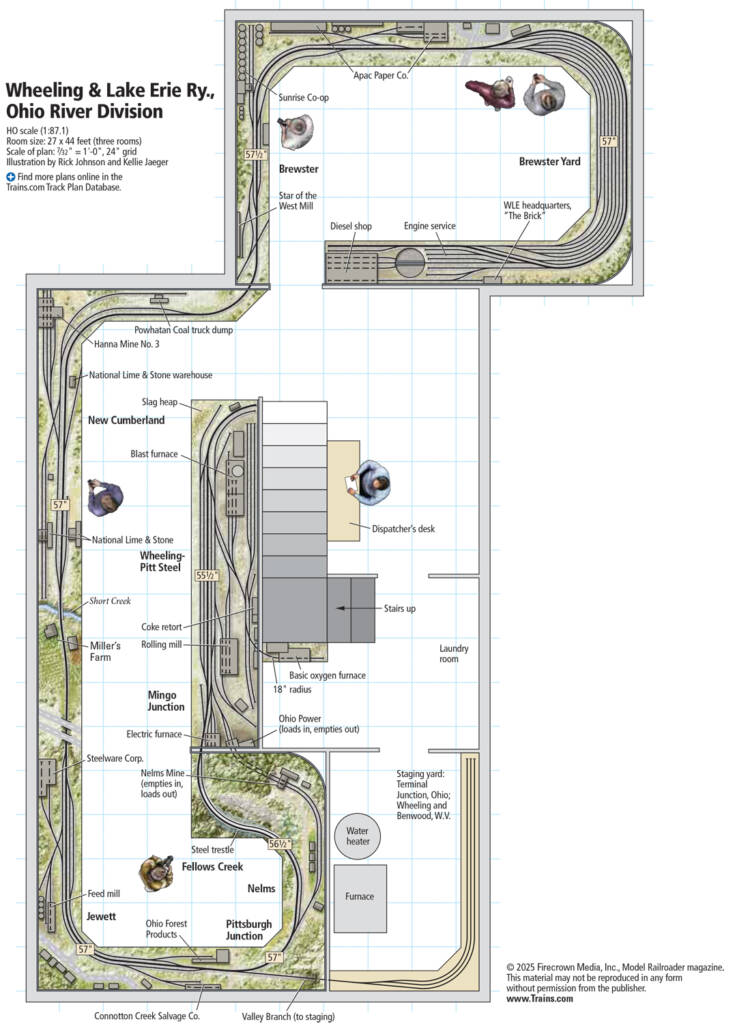
Facts and features Name: Wheeling & Lake Erie Ry. Scale: HO (1:87.1)Size: 27 x 44 feet (in three rooms)Prototype: original W&LE Ry.Locale: southeastern Ohio, West VirginiaEra: 1957Style: linear walkaroundMainline run: 115 feetMinimum radius: 30″ (main), 24″ (industrial)Minimum turnout: No. 6 (main), No. 4 (steel mill)Maximum grade: 1.75%Benchwork: shelf Height: 551∕2” to 571∕2“Roadbed: HO and N […]
Read More…
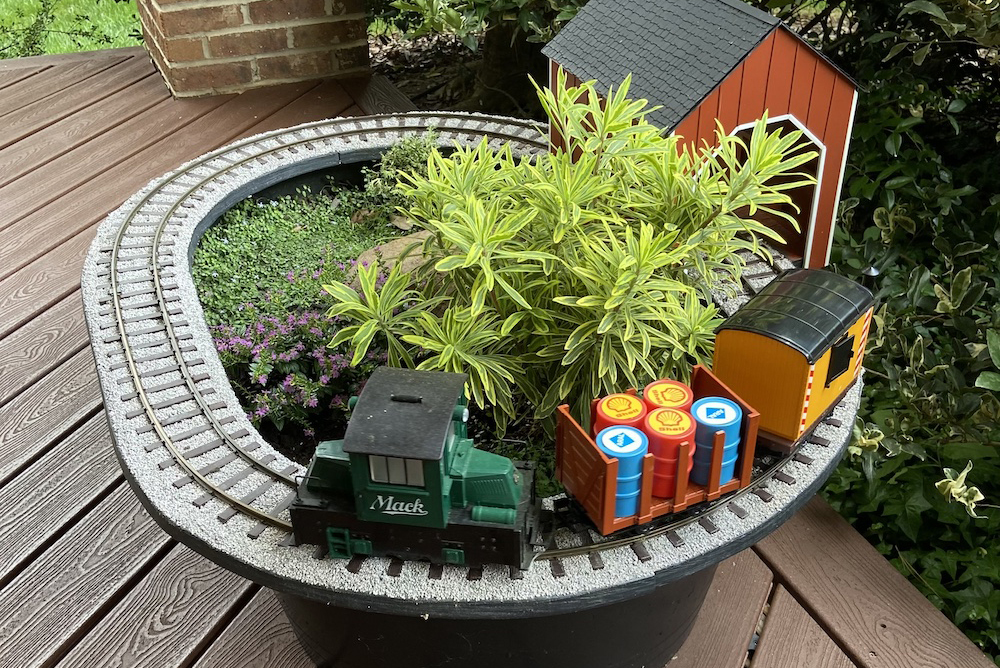
While traveling, I came upon an operating large scale layout that was a circle of track attached to the top of a whiskey barrel planter that had been cut in half. I thought that it would be fun to build something like that for our front porch, but wanted something a little larger and less […]
Read More…
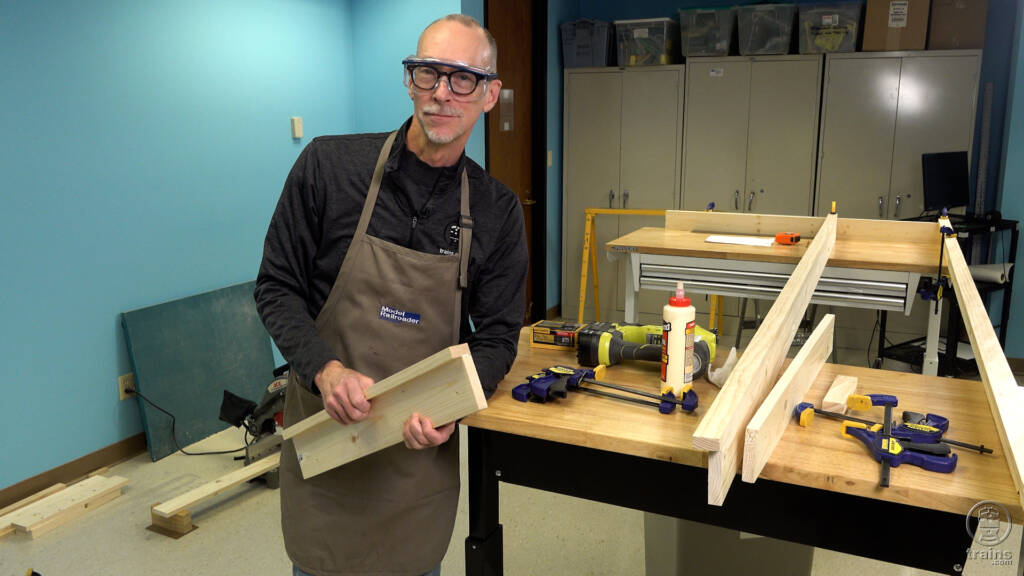
Building L-girders| Watch and learn as David Popp demonstrates how to assemble one of the most essential and versatile components of a model railroad! You can learn more about benchwork construction in the East Troy Industrial Park project layout video, “Building a frame”. Plus, you’ll want to be sure to find other helpful videos like […]
Read More…












